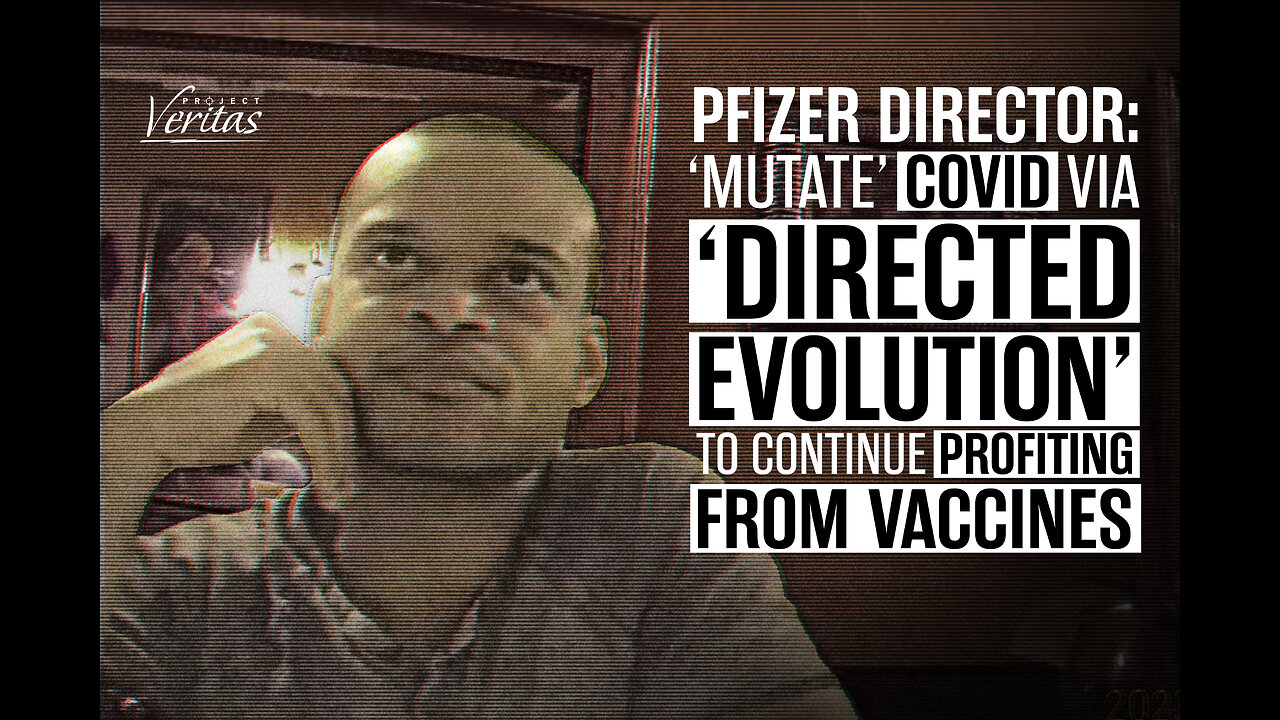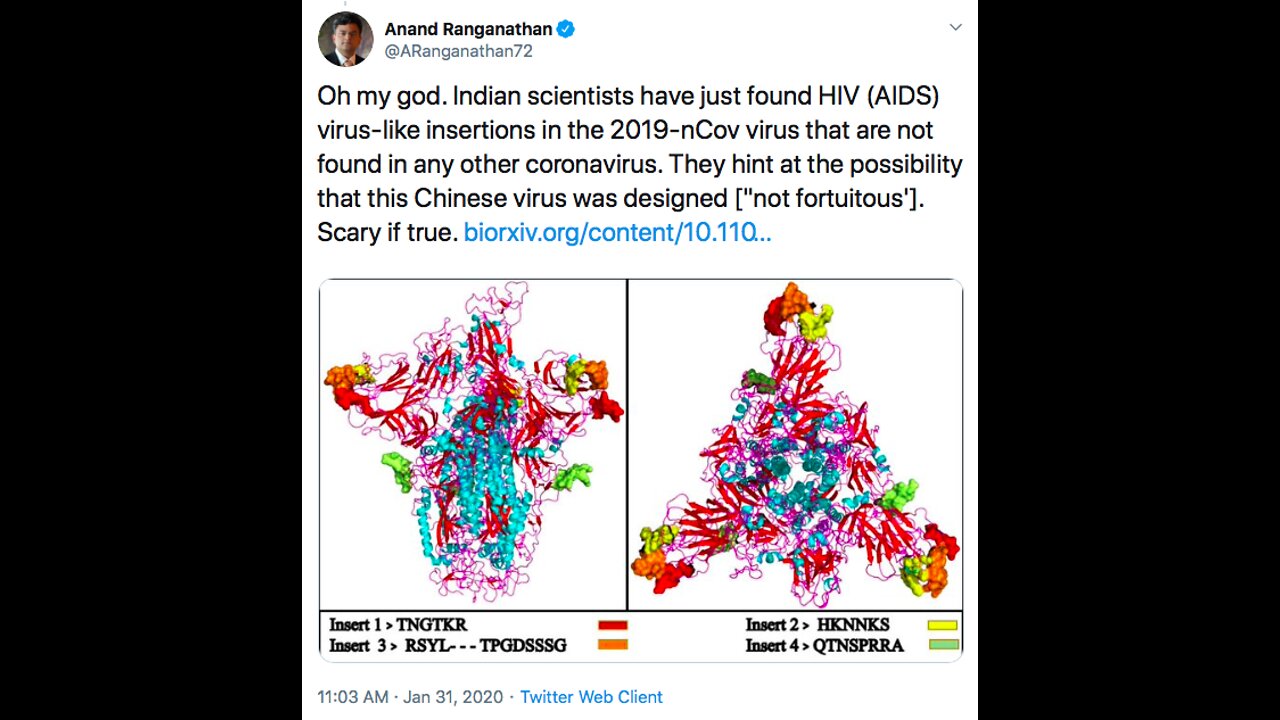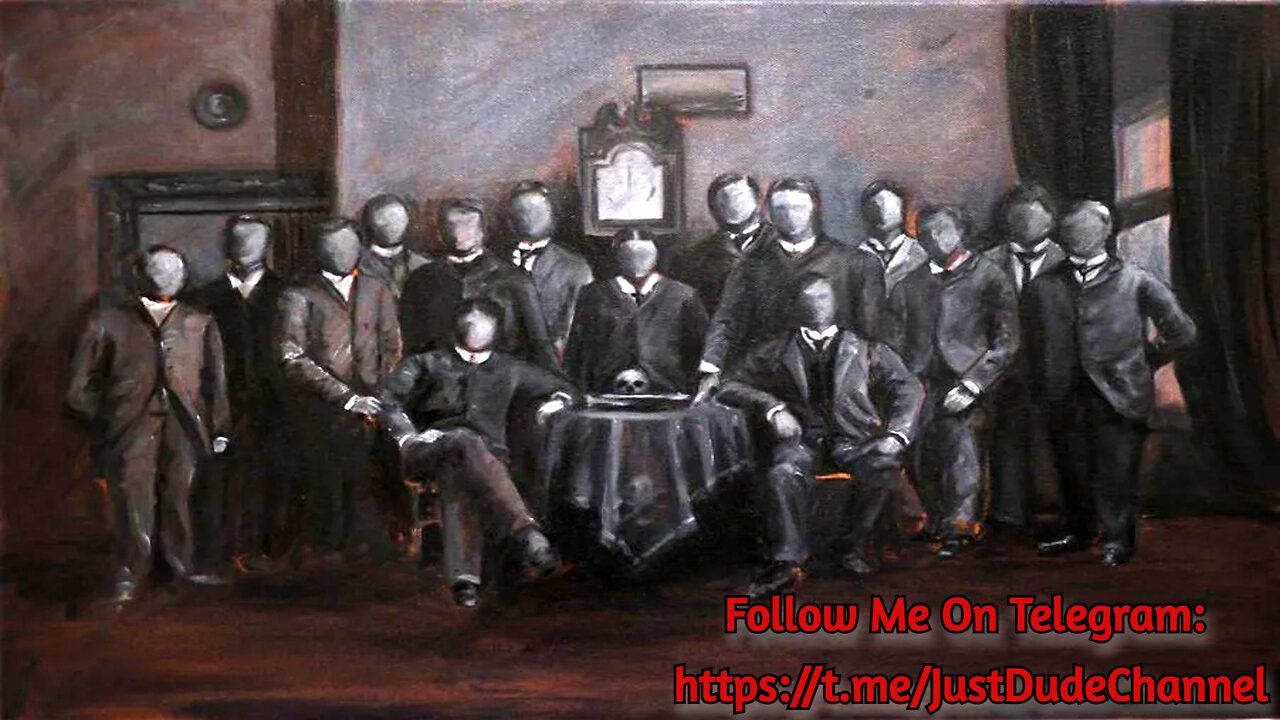Up next
Evolutionary Argument Against Naturalism (An Introduction)
The general Welfare Clause: An Introduction
Researchers Have Opened a Cave Sealed for Millions of Years and Made This Discovery!
Skinwalker Ranch Owner on Underground Discovery & Government Surveillance | Brandon Fugal
An Introduction to Consciousness Theories
Introduction to Phylum Arthropoda: 1.3 Million Species and Counting
California Mayor Makes HAUNTING Discovery at US Border
Introduction to World Religions - Course Content & Instructor Information
Learning the CTMU: Introduction to Syntax-State Duality
Introduction to the CTMU: the Identity and Mind of God
Scientists Terrifying New Discovery In The Mount Everest That Changes Everything!
Introduction to Culture, Society and Politics
The Latest Discovery of the James Webb Telescope Could Destroy the Universe!
Introduction to the Latin Language
“DISCOVERY ‘67: HAWAII, LAND OF VOLCANOES” NATIONAL PARK, KILAUEA ERUPTIONS XD30922
Scientists Make a Terrifying New Discovery in Egypt that Changes Everything!
New brain virus
3 MINUTES AGO-Voyager 1 Just Turned Back And Made A Terrifying Discovery
Scientists Have Just Made a Shocking Discovery in the Mariana Trench after a Deep-Sea Probe Found It
Howard Stern RUTHLESSLY Mocked After Getting The Virus DESPITE Living In Bunker & BLASTING Americans
Seth MacFarlane & Bill Maher Debate The Science of "The Virus"
Terrible Discovery at Cleopatra’s Tomb in Egypt, Changing History!
Terrible Discovery at Cleopatra’s Tomb in Egypt, Changing History!
JWST's Discovery of Warped Supernova Poised to Resolve Enduring Cosmic Debate #nasa #space
Part 1 - The Virus Narrative vs The 5G EMF Microwave Radiation Narrative!
This Drone Made a Terrifying Discovery When It Found This on a Mountainside!
Introduction to Anthropology
Covid19 the Chimeric Virus: HIV inserts to Moderna Cancer Gene Patent
Antony Sutton - An Introduction To The Order Of Skull And Bones
Joe Rogan Just Now Announced Shocking Discovery Under Eye Of The Sahara Desert!
Researchers Terrifying New Discovery Of Malaysian Flight 370 Changes Everything
This Discovery Could Become the Most Significant and Long-Awaited of the 21st Century!
Shocking New Discovery of Malaysian Flight 370 Changes Everything!
Top NASA Scientist Confirms Alien Discovery Details | Chris Bledsoe
SHOCKING Discovery Beneath the Moon's Surface Revealed! Chandrayaan 3 Moon Mission
Scientists Terrifying New Discovery of Malaysian Flight 370 Changes Everything!
NASA's Alarming Discovery Inside a Black Hole Will Haunt Your Nightmares!
Joe Rogan Has Just Announced a Shocking Discovery under the Eye of the Sahara Desert!
This Discovery in a RIVER SCARED Scientists!
Michio Kaku: "James Webb Discovery SETTLES Debate In Science BREAKING New Image"
Rule of Law Summit 2023 | Introduction & Panel 1: The Rule of Law and Public Institutions
INTRODUCTION TO THE AETNA DRIVOTRAINER SYSTEM 1960s DRIVER'S ED SIMULATOR TRAINING FILM XD80825
Discovery of Virus | Introduction to viruses |
Compared to eukaryotic and even prokaryotic cells, viruses are much smaller and simpler in structure. Lacking the structures and metabolic machinery found in a cell, a virus is an infectious particle consisting of little more than genes packaged in a protein coat. Are viruses living or nonliving? Viruses contains both living and non living characters Living Characteristics: They can reproduce. They possess nucleic acid ( DNA or RNA) They can cause infection. They undergo mutation and Genetic recombination. Non-living characteristics: They are sub-cellular ( non Cellular) or Acellular. They can be crystallised. They do not respire or excrete. Discovery of Virus: Tobacco mosaic disease stunts the growth of tobacco plants and gives their leaves a mottled, or mosaic, coloration. In 1883, Adolf Mayer, a German scientist, discovered that he could transmit the disease from plant to plant by rubbing sap extracted from diseased leaves onto healthy plants. After an unsuccessful search for an infectious microbe in the sap, Mayer suggested that the disease was caused by unusually small bacteria that were invisible under a microscope. This hypothesis was tested a decade later by Dimitri Ivanowsky, a Russian biologist who passed sap from infected tobacco leaves through a filter designed to remove bacteria. After filtration, the sap still produced mosaic disease. But Ivanowsky clung to the hypothesis that bacteria caused tobacco mosaic disease. Perhaps, he reasoned, the bacteria were small enough to pass through the filter or made a toxin that could do so. The second possibility was ruled out when the Dutch botanist Martinus Beijerinck carried out a classic series of experiments that showed that the infectious agent in the filtered sap could replicate. In fact, the pathogen replicated only within the host it infected. In further experiments, Beijerinck showed that unlike bacteria used in the lab at that time, the mysterious agent of mosaic disease could not be cultivated on nutrient media in test tubes or petri dishes. Beijerinck imagined a replicating particle much smaller and simpler than a bacterium, and he is generally credited with being the first scientist to voice the concept of a virus. His suspicions were confirmed in 1935 when the American scientist Wendell Stanley crystallized the infectious particle, now known as tobacco mosaic virus (TMV). Subsequently, TMV and many other viruses were actually seen with the help of the electron microscope. #VirusDiscovery #AcellularlifeChapter #HistoryOfVirus
- Top Comments
- Latest comments

















































